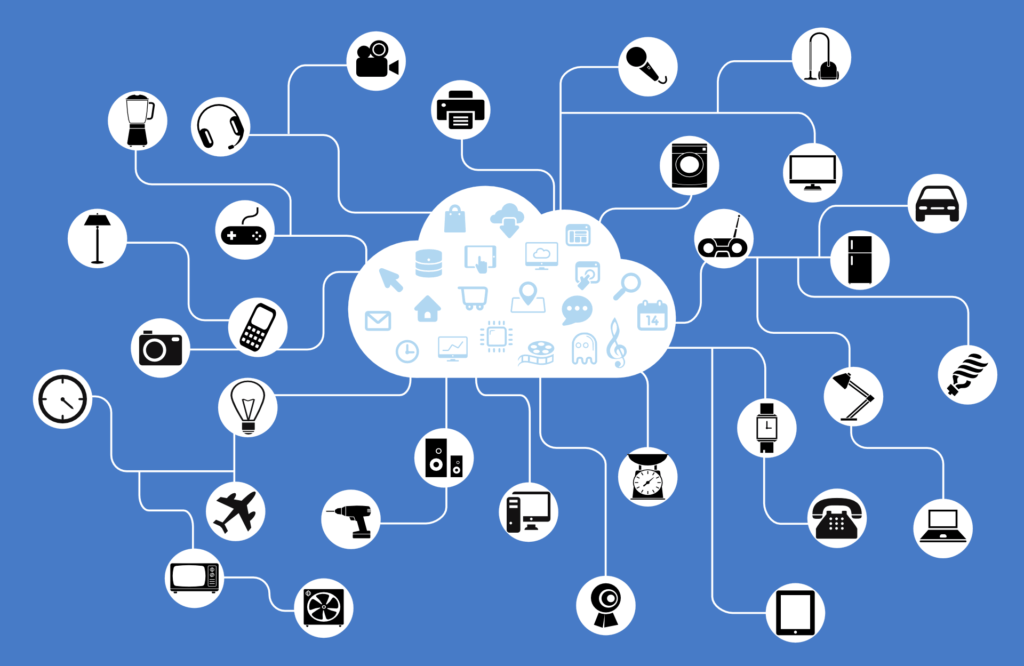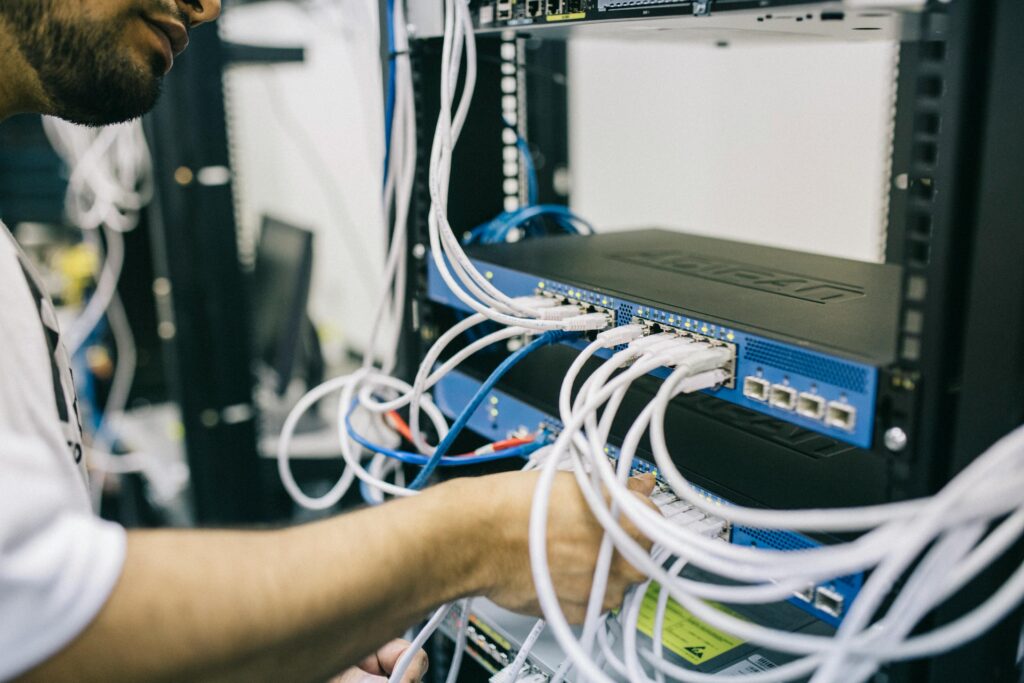For a technology that gets more than its fair share of media and other attention, the Internet of Things (IoT) tends to deliver way less substance than its vocal evangelists promise. Why so? Two reasons spring immediately to mind.
First, the raft of so-called Smart Home consumer devices that have come and mostly gone outweigh the progress in promising areas, including enterprise IoT. In fact, compelling and commercially sustainable IoT market opportunities mostly reside in vertical industry use cases.
More importantly, effective IoT solutions are far more complicated and require greater knowledge and expertise than any single vendor possesses. In other words, along with great technologies and integration skills, creating effective IoT offerings requires the ability to develop and manage relationships with expert partners.
A vendor that has successfully avoided the former issue and tackled the latter is Dell Technologies. At VMworld 2018, the company’s Edge and IoT Solutions Division announced new IoT solutions, including one for video surveillance that makes great use of contributions from Dell and industry expert partners. Also announced were new IoT Connected Bundles, pre-engineered and integrated Dell/partner solutions for industry-specific IoT use cases and applications.
Let’s take a closer look at these new Dell offerings.
The natural evolution of Dell IoT
Like others in the IoT space, Dell focuses primarily on solutions that leverage edge computing, server, storage and networking technologies to support information-gathering sensors, embedded PCs and other intelligent devices. However, since the company is one of the few remaining end-to-end Tier 1 systems vendors (Lenovo is the other), its IoT-related holdings tend to be deeper than some competitors.
That’s partly related to Dell’s work in areas, like its Latitude Rugged laptops and tablets whose developments have informed the company’s Edge Gateway and embedded PC lines. In addition, Dell’s 2016 acquisition of EMC significantly broadened its portfolio with storage technologies that complement IoT, including the new solutions and bundles. In fact, the company’s ability to evolve so deep a portfolio of IoT-ready solutions so quickly is attributable to the synergies it captured from the EMC deal.
Just as importantly, the partnerships nurtured through Dell EMC’s OEM organization directly complement its IoT efforts and strategy. Like other vendors, Dell EMC’s OEM group works with numerous players, large and small, that use the company’s products as the digital brains inside their own branded products.
But after Joyce Mullen (now president of Dell EMC’s Global Channel, OEM and IoT Solutions group) became SVP of the OEM organization in 2012, she significantly broadened interactions with partners and customers. As a result, they were able to gain full advantage from Dell EMC’s supply chain, support network and engineered solutions, including customization capabilities.
Partners integration
During Mullen’s stewardship, Dell EMC’s OEM efforts grew rapidly into $1B+ annual business. Given the roles and influence that industry-focused partners play in creating IoT solutions, Mullen’s OEM organization was a natural place for IoT efforts to reside. In fact, over time, many of the companies that initially partnered with Dell for OEM solutions are now either developing or exploring IoT engagements.
That seems natural enough, but other Dell partners are also heavily engaged with its IoT products and strategies, including the new surveillance solution. For example, the IoT Solution for Surveillance takes full advantage of Intel’s groundbreaking work in computer vision and analytics. Plus, Dell’s deep relationship with VMware is apparent with the key roles that company’s offerings play in the new solution, including VMware’s Pulse IoT Center for securing, managing and monitoring surveillance infrastructures at scale.
Integrated, bundled innovation
What exactly is Dell Technologies’ IoT Solution for Surveillance? Along with being the company’s first commercial foray into computer vision, the solution is designed to simplify and transform the way that companies deploy, manage and maintain video surveillance to improve safety and speed decision-making in environments like school campuses, hospitals, cities, stadiums and airports.
It does so by integrating video components from partners, like BCDVideo (which was quoted in the press release) with hyper-converged, software-defined Dell EMC infrastructures. The solution supports automated, fault-tolerant scaling from 300TB to 50PB+ of Dell EMC Elastic Cloud Storage (ECS) for private, on-premise, off-premise and hybrid deployments. High availability and zero data loss features are delivered via VMware vSAN RAID 5/6 across flash and disk. Additionally, customers can utilize VMware ESXi Enterprise Plus high availability and disaster recovery services.
Three global Dell EMC Surveillance Labs (located in Durham, NC, Limerick, Ireland and Bangalore, India) allow the company to validate all physical security applications with their full portfolio of products. These proven lab validations with partners’ solutions, along with extensive documentation are designed to simplify deployment and reduce the risk of video loss for customers.
What about the new IoT Connected Bundles? Those offerings are being developed through Dell’s IoT Solutions Partner Program. Like the IoT Solution for Surveillance, they all utilize Dell’s Edge Gateway, embedded PC and system hardware as the foundation for turnkey offerings, thus simplifying acquisition, deployment and management.
Dell’s IoT partners provide endpoint sensors and licensed software, leavened with their industry knowledge and expertise, including initial offerings from,
- ELM: compliance-aaS for HVAC, refrigeration and power systems
- V5 Systems: self-contained and powered surveillance for safety and security in outdoor spaces
- IMS Evolve: energy savings for grocery retailers while improving food quality and safety
- Modius: advanced Data Center Infrastructure Management (DCIM)
- Pelco: video surveillance tailored for the requirements of K-12 education
- Pixel Velocity: efficient remote monitoring of field assets in oil and gas operations
- ActionPoint: predictive maintenance in midmarket manufacturing
- Software AG: digital manufacturing intelligence suite for larger-scale operations
Dell noted that additional curated IoT Partner Program bundles will become available over time.
It’s also important to point out that Dell EMC’s channel partners will carry much of the weight and garner many of the benefits from the IoT Connected Bundles. The new solutions will be sold fully through the Dell EMC channel, meaning that partners will be able to promote and directly deliver validated, market-proven solutions as turnkey offerings. Since significant technological and market evolutions continue to impact the channel, it seems likely that many will the new opportunities.
Final analysis
Market evolution is a continual theme in the Internet of Things. Arising initially as the common dream of a few vendors hoping to inspire and develop new consumer markets, IoT instead has largely evolved to meet industrial and business needs. Those include the ability to be deployed, managed and maintained at enterprise scale.
Achieving those points is clearly in the wheelhouse of Tier 1 systems vendors, but industrial IoT is also an area where egocentric players are quickly overwhelmed. Workable solutions simply require too much industry-specific expertise and experience for any single vendor to be effective. As a result, success depends in large part on a vendor’s ability to develop and nurture myriad partnerships.
That’s a key point to remember when considering Dell’s new IoT Solution for Surveillance and IoT Partner Bundles. Both efforts fully leverage the company’s massive portfolio of systems and endpoint technologies. But they are also substantially enhanced by the company’s longstanding relationships with developer, OEM and channel partners.
As a result, though these new Dell Technologies solutions are certainly worthy of consideration and praise, they represent the initial feint in an IoT strategy.
- Dell Concept Luna – Inspiring Sustainable Innovations with Circular Design - December 21, 2023
- AI Alliance: IBM, Meta, Dell and 50+ Founding Partners Pursue Open, Transparent and Safe AI Innovation - December 13, 2023
- Dell Technologies: Creative Partnering = GenAI Innovation - November 30, 2023



